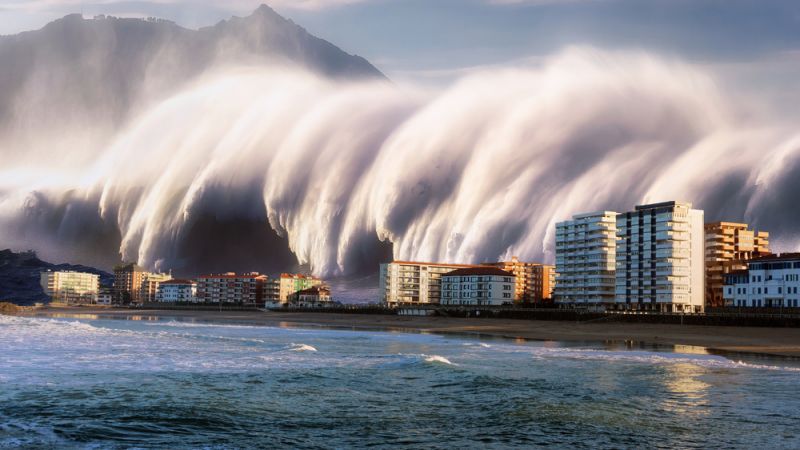A powerful 8.8-magnitude earthquake struck Russia’s remote Kamchatka Peninsula early Wednesday, triggering tsunami alerts across the Pacific and leading to mass evacuations in Japan and Hawaii. The earthquake, which hit near Petropavlovsk, is among the strongest ever recorded in Russia, according to the United States Geological Survey (USGS).
Japan’s Meteorological Agency reported that a tsunami measuring 1.3 metres reached the port of Kuji in Iwate Prefecture at 1:52 p.m. local time (0452 GMT). Authorities issued tsunami warnings for coastal areas and advised residents to seek higher ground.
Japan’s national broadcaster NHK confirmed the tsunami was the result of the undersea quake off Russia’s eastern coastline. Emergency sirens were activated in several coastal towns, and public transport was temporarily suspended in vulnerable areas.
Local Japanese officials have not reported any significant damage or casualties. However, precautionary evacuations were carried out in dozens of towns along the northern Pacific coast, especially in the Tohoku region, which experienced a devastating earthquake and tsunami in 2011.
Meanwhile, in Russia, the quake shook buildings across Kamchatka’s sparsely populated towns and villages. Social media videos showed residents fleeing their homes as walls rattled and furniture toppled. The regional emergency ministry confirmed that at least a dozen people sustained minor injuries.
Local authorities evacuated around 2,000 residents from low-lying areas along Russia’s Pacific coast. The Kamchatka region, known for its seismic activity, regularly experiences tremors, but Wednesday’s quake was unusually strong.
“This is one of the most powerful earthquakes in Russian history,” said Andrei Nazarov, a geophysicist with the Russian Academy of Sciences. “Fortunately, the epicentre was offshore and in a relatively low-population zone.”
Hawaii’s Emergency Management Agency also issued a tsunami alert, prompting evacuations along parts of its coastline. Authorities later downgraded the alert, stating the threat had reduced significantly as the tsunami waves dispersed across the Pacific. No damage was reported.
Experts say the quake occurred due to tectonic activity along the Kuril-Kamchatka Trench, where the Pacific Plate is subducting beneath the North American Plate. “Events like this are reminders of the immense geological forces at play in the Pacific Ring of Fire,” said Dr. Keiko Tanaka, a seismologist at Tokyo University.
Japan and Russia continue to monitor the situation, with aftershocks expected in the coming days. Japanese authorities have urged residents to remain vigilant and avoid coastal areas.
As of now, both nations appear to have averted major disaster. Emergency teams remain on high alert, and seismic experts are assessing whether the quake has altered stress patterns in the surrounding region.
The Pacific Tsunami Warning Center has confirmed the threat of widespread tsunami damage has passed, but advisories remain in place for certain areas.

